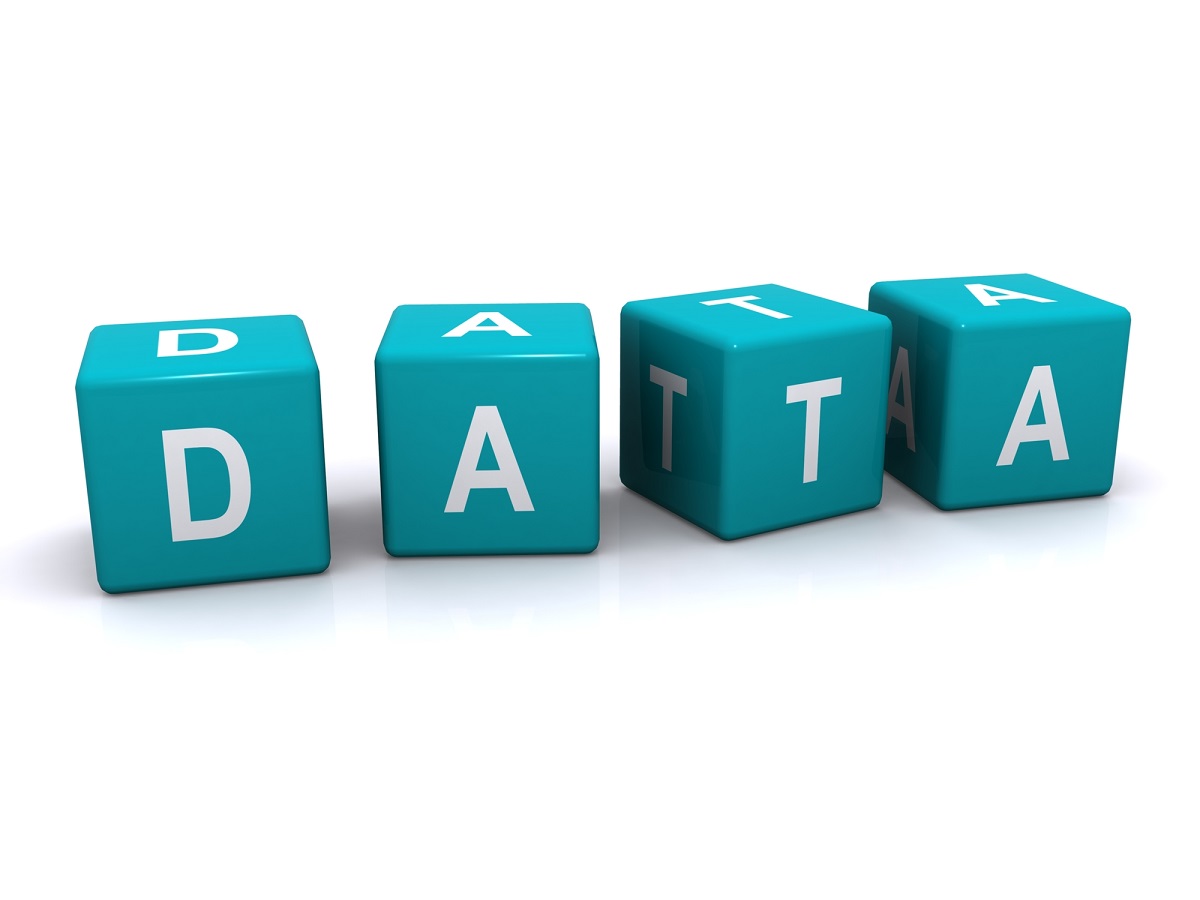
Most power utilities create more or less the same data types as their peers, but what differentiates them is how some are better at extracting value from their data.
If data is a company’s most valuable asset, why can’t we accurately assign a value to it? I recently spoke about this problem with data management expert Julian Schwarzenbach. We also discussed why data management is vital to solving the valuation problem, as well as the importance of considering costs of inaction. Poor data management processes create technical debt, which I call ‘digital liabilities’, that can go unnoticed for decades. The costs of repaying this debt can be huge and may soon have an impact on how companies are valued.
We know there’s value in data, but assigning a value is impossible in practice
We hear so much about data being the new oil: how it has become a company’s most valuable asset. But assigning value to enterprise data is virtually impossible. As Julian says, ‘Trying to assign an absolute actuarial value to the data of an organisation would be a complex and futile task … it would cost a fortune with minimal benefit.’
Most power utilities create more or less the same data types as their peers. What differentiates utilities is how some are better at extracting value from their data. They understand that the real value lies not in data, but in data governance.
Data quality is free; ‘unquality’ costs.
Julian recommends that instead of trying to assign a value to good data governance, companies should assign a cost to bad practices: ‘Data quality is free, but not a gift. What costs money are the unquality things – all the actions that involve not getting quality right first time and all the actions to correct these data quality issues.’
If unquality actions cost a company, why haven’t poor practices been stamped out long ago? Largely because the costs go unnoticed. Unquality is a classic example of technical debt: you accrue debt from the things you don’t do, rather than generate value from the things you do well. But there is no balance sheet recording these digital liabilities. Stock market losses aren’t tangible losses until they are crystallized—when a stock is sold for less than its purchase price. In the same way, you’ll only see the financial cost of your digital liabilities when a new project requires investment in data quality.
These costs can be significant. Many years ago I had a fascinating conversation with an IT manager who ran one of the first large-scale European smart grid projects. Her organization spent around 20,000 hours cleaning data in order to adopt the Common Information Model (IEC CIM) standard. Think of the opportunity cost here. The utility paid a hefty price for decades of inaction. As we all know, most utilities are in a similar position.
M&A brings digital liabilities into focus
Data management is critical for all utilities, regardless of the speed at which they are innovating and adopting new business models. I believe that M&A will bring the imperative of strong data management into focus for all industry stakeholders. Many expect industry M&A to ramp up in 2021. PwC expects that ‘traditional value levers (portfolio optimization and consolidation) … [will] continue to play a role.’ It believes that many utilities will focus on their legacy business models and operate assets in as cost-efficient a way as possible.
If economies of scale and cost efficiency are critical drivers for utility M&A, and operational efficiency is increasingly driven by digital insights, then it’s clear: all utilities must pay much closer attention to the digital liabilities of the companies they acquire. As Julian put it: the dirtier the data, the longer and more costly it becomes to start generating value.
Scrutinise a target’s digital liabilities; reduce your own.
There are well-understood methods to value a company’s physical assets, but that’s not the case for digital liabilities. So, what questions should a utility ask when running due diligence? Here are some of the most important:
- Does the target have an integrated data storage policy?
- Does it employ data governors to enforce data management policies?
- Has it consistently applied standards across its entire asset portfolio?
- Does it have an enterprise-wide, operational digital twin?
- Has it achieved—or is it seeking—accreditation for ISO quality standards?
- Does my company’s data management policies facilitate the rapid incorporation of data from an acquired entity?
Of course, all these questions can also be turned into recommendations. Data quality is as important for the acquirer as for the target. And strong data governance will become an increasingly attractive attribute in a target. In uncertain times, utilities can mitigate significant risk and improve valuations by addressing their digital liabilities.
Stuart Ravens is a freelance analyst, writing white papers, reports, digital marketing copy, blogs and articles on the use of emerging technologies to support the transition to renewable energy.













